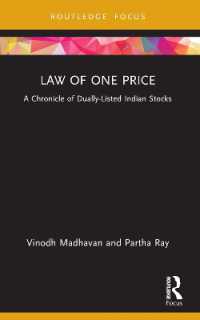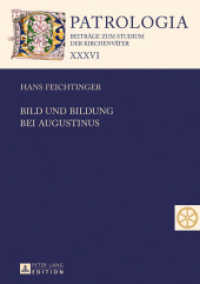Full Description
Aromas are an integral part of our civilised society. In the field of dermatology, aromas are today among the most frequent sensitizers and may trigger allergic contact eczemas. In an introduction, the chemistry of frequently used aroma components is described, together with the art of perfume composition that has been refined over the centuries.







